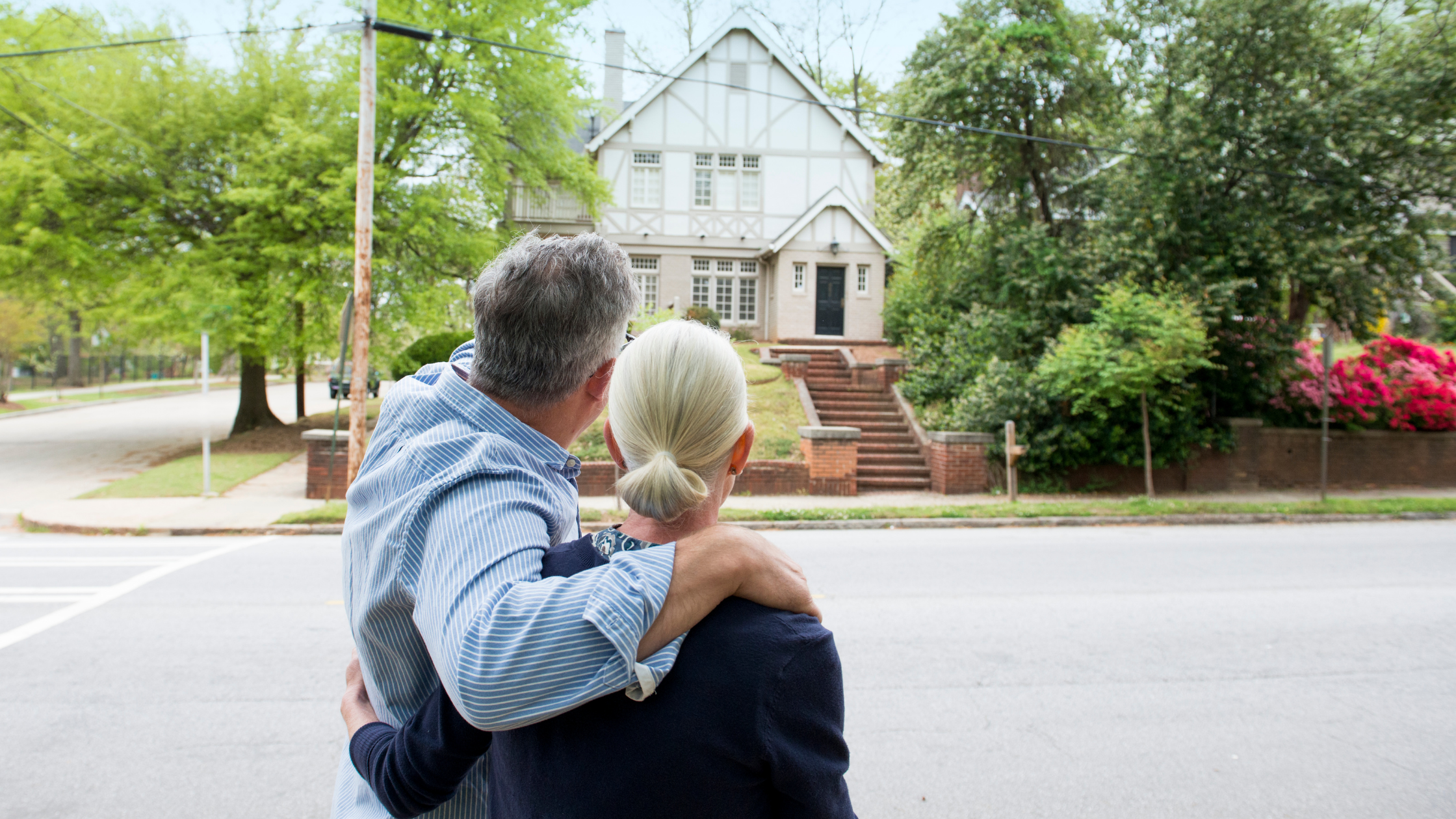Energy-Efficient Home Features To Look For In Your House Search
December 22, 2021
Energy-efficient houses are designed to minimize energy usage. They cause less harm to the environment and are more cost-effective when compared to traditional houses.
Per the reports published in Energy.gov, energy-efficient houses can save homeowners up to 30% in energy savings.
If you are looking to buy a house, you should also consider energy-efficient home features that can sustainably conserve and reduce energy use.
Let’s take a look at the best energy-efficient home features to look for when house hunting.
7 Best Energy-Efficient Home Features That Saves Money
1. More Insulation
Did you know that 25-30% of the energy used in homes in heating and cooling is lost through windows?
The entry points of a house can drain a lot of energy, which can in turn raise your heating and cooling costs. One of the best ways to conserve energy is through properly insulating the doors and windows of a house.
It can also be beneficial to make sure the windows and doors fit with no gaps or air leaks. Home inspectors can examine any house you are hoping to buy and will tell you if the insulation fits properly or not.
2. Energy-Efficient Appliances
Another energy-efficient home feature to look for are in the appliances. Appliances like washing machines, dryers, dishwashers, microwaves, and refrigerators are the largest consumers of energy in a house. One of the best ways to reduce energy use in a house is by using appliances that are energy-efficient.
If you are buying a pre-owned house, it’s possible that the appliances that come with the house are aren’t as energy-efficient and have a higher energy cost than is needed.
The energy rating stickers on appliances inform you about each of their energy efficiency. The higher the rating, the more energy-efficiency an appliance has. By carefully selecting the appliances you choose to have in your house, you can save thousands a year in utility bills.
3. Water Heaters
On average, water heaters account for 19% of the total energy consumption of a house.
Traditional water heaters heat and store large volumes of water. However, not all of the water is used at once which means a lot of energy is wasted when it needs to be re-heated.
Instant water heaters or tankless water heaters, on the other hand, are a lot more energy-efficient. They heat only the water demanded when it is required and waste less heat than traditional water heaters.
4. Energy-Efficient Lighting Fixtures
Although lighting accounts for only 5% of the average energy consumption in a household, a house can be made more energy-efficient with minor changes to the house’s lighting.
For example, LED light bulbs are up to 20% more efficient than traditional or incandescent light bulbs.
Other than light bulbs, a professional electrician can be hired to optimize your house for energy-efficient lighting. They can add features like dimmers, timers, and smart lights that all serve to reduce the amount of energy being used.
5. Building Materials
Houses constructed today use construction materials that improve overall energy efficiency and sustainability.
Insulated concrete walls, recycled steel, structural insulated panels, vacuum insulation panels, and bamboo wood are some of the most common eco-friendly materials used in the creation of energy-efficient houses.
In your home search, it may benefit you to ask a sellers or a hired home inspector about the materials used to build the house you’re interested in.
6. Smart Tech
Thanks to ever-evolving technology, we now have access to smart tech systems that can help make households more energy-efficient. Features like a programmable thermostat are an example of what smart technology can do.
Regular thermostats allow you to only set the temperature manually, but a programmable thermostat allows you to preset the heating and cooling according to your own preferences automatically.
Smart-systems can be controlled even with a smartphone, allowing homeowners to reduce energy loss when no one is at home.
7. Alternative Energy Solutions
With 46% of Americans considering installing a solar panel, a house with an alternative energy solution are becoming a common choice among house buyers. Alternative energy solutions both protect the environment by using renewable energy sources and reduces the burden of utility expenses.
Most buyers want alternative energy solutions installed in a house these days. So, many times sellers will install alternative energy solutions to increase the overall value of their house to buyers. In case, you’ve found a house that does not come with an alternative energy source, you can hire a real estate professional like an NRP to negotiate adding those features with the seller.
Energy-Efficient Houses Can Help The Environment and Lower Cost
Technology is advancing at an alarming rate and with it, sustainable technology becomes even more practical everyday. There is a huge worldwide initiative to be more sustainable and energy-efficient houses are just one of the ways many people can contribute to that. Now that you know a few of the energy efficiency home features to look for, it will make your home search a lot easier.
Happy house hunting!

